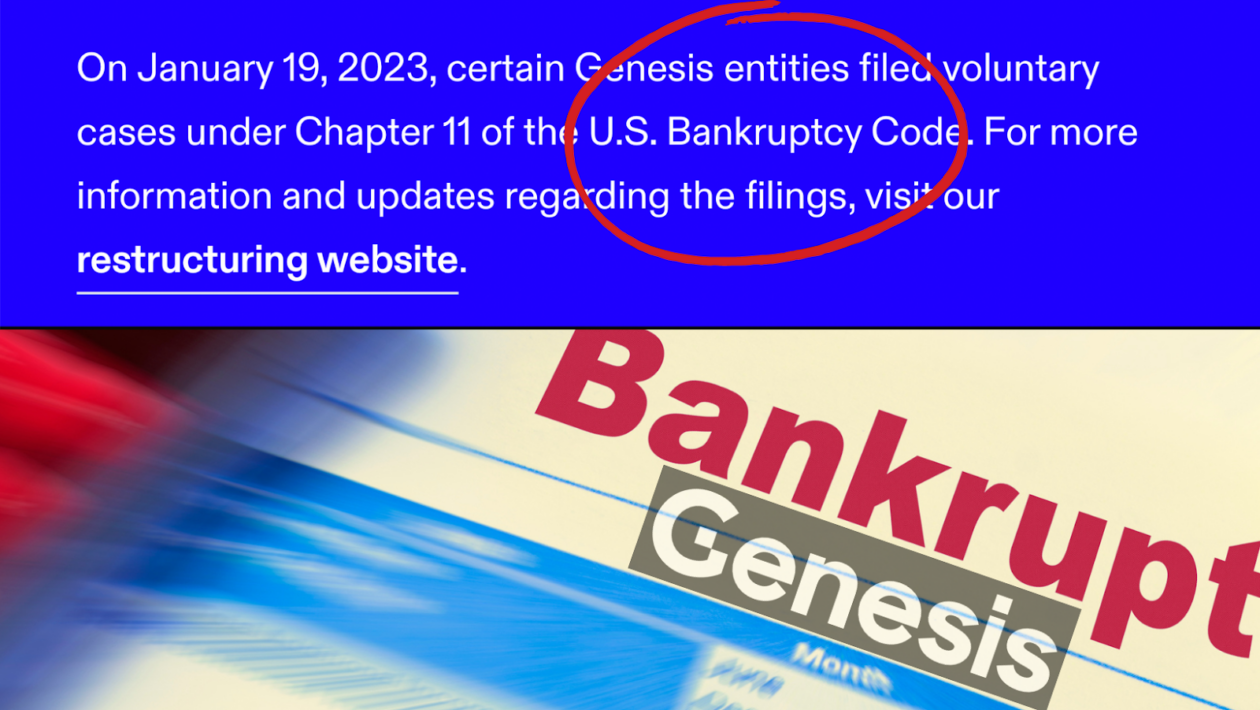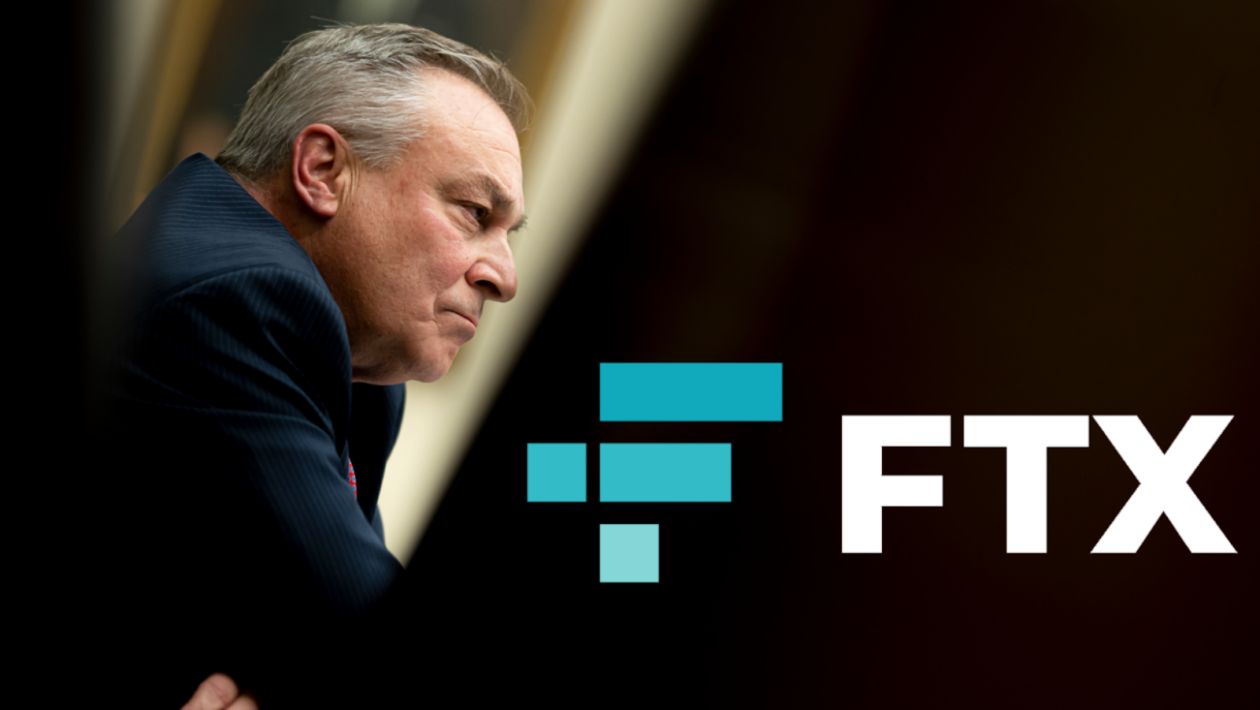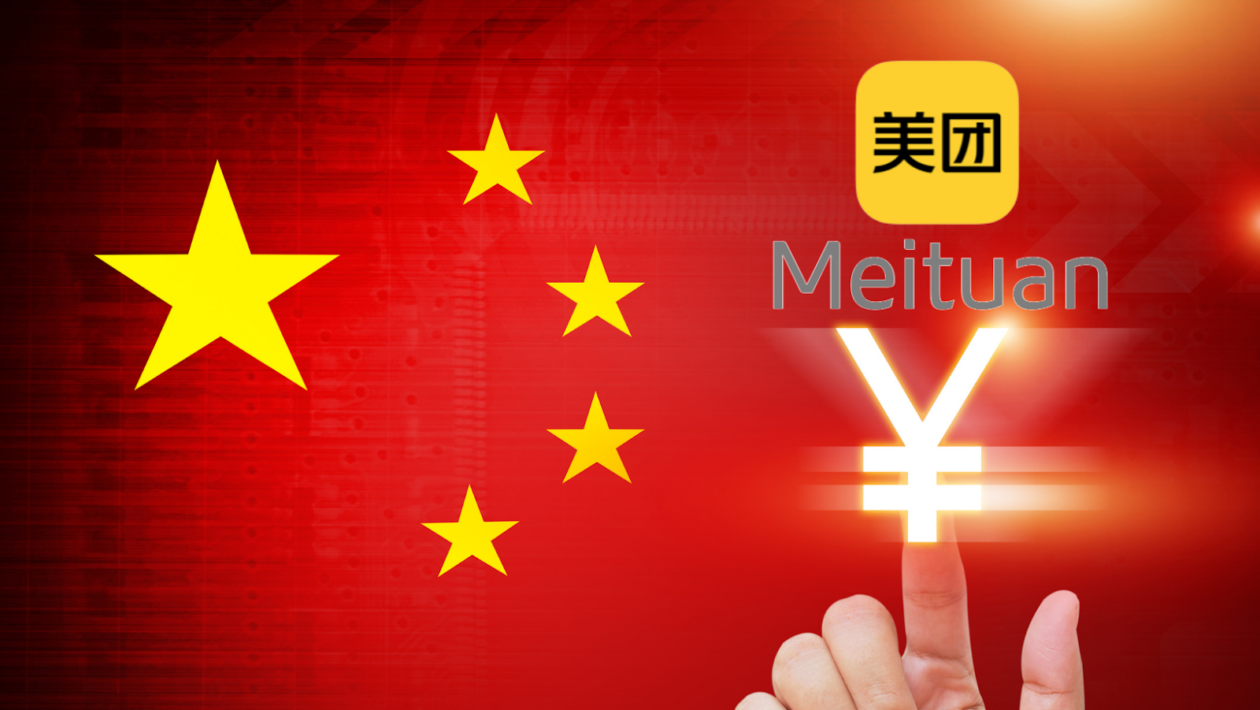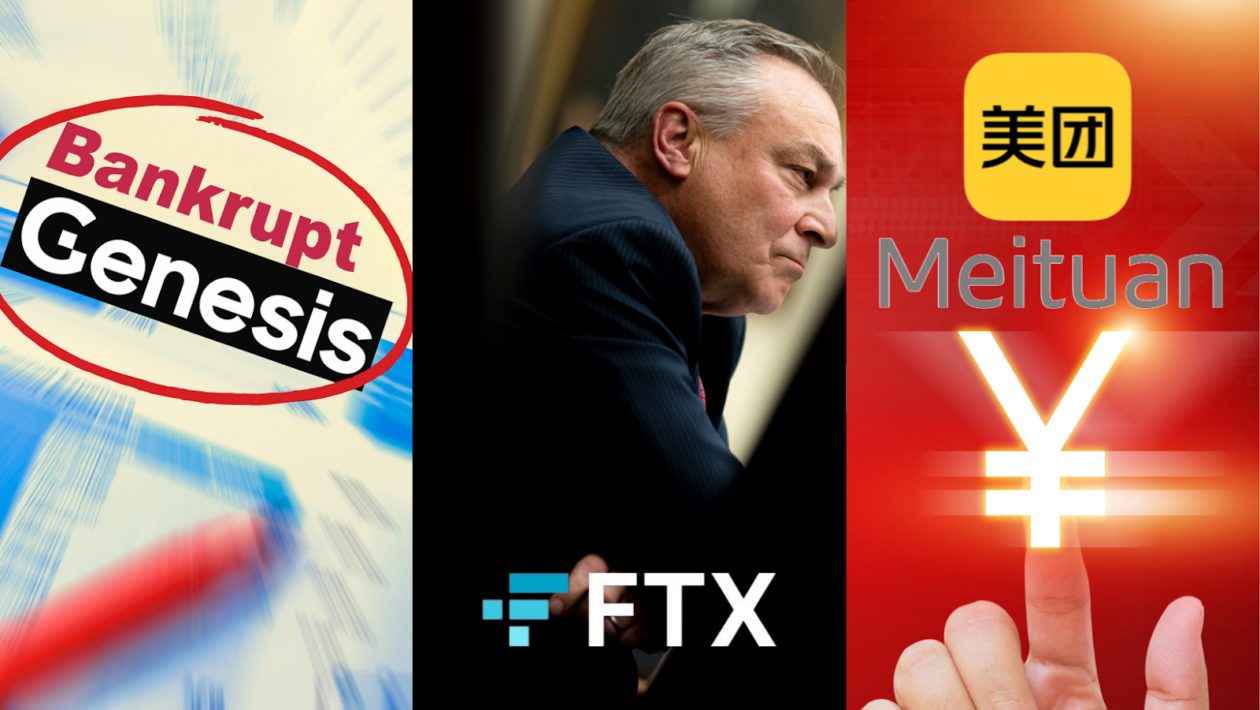In this issue
- Genesis: End times?
- FTX: From the ashes
- Digital yuan: Smart money
From the Editor’s Desk
Dear Reader,
It’s ironic that one of the main attributes the digital asset industry has used to promote itself is its trustless nature.
In a trustless system, decentralization and technology are supposed to do away with the need for third-party intermediaries between people and their money. Yet, paradoxically, the industry needs all the trust it can get if it’s ever to recover from the cascade of disasters that have driven it perilously close to the edge in recent months.
Trust is certainly something that FTX chief John Ray III must be hoping he’ll be granted in ample measure as he looks at the possibility of reviving Sam Bankman-Fried’s bankrupt brainchild.
Whether Mr. Ray — whose lengthy career in insolvency proceedings has included such high-profile cases as collapsed energy trader Enron — will be able to gain a sufficient level of trust to reboot FTX remains to be seen.
However, over the course of at least the past nine months since the crash of Terra, it has become painfully apparent that the industry as a whole cannot survive in trust’s absence. Put simply, that’s because no matter how putatively decentralized the digital asset space is, it’ll always depend on the entities that broker its functioning. Yes, you heard that right: broker.
Although that word may have a whiff of Wall Street and TradFi, it’s best understood in the context of digital assets as the components of the industry’s ecosystem — an ecosystem built most fundamentally on information such as that we will be providing in greater depth and at a larger scale through Forkast Labs, the formation of which we announced last week.
As we have seen, trustlessness may be one of the necessary enablers of the technology that underpins the digital asset sector, but it’s not a substitute for trust, per se.
Trust is built on knowledge, it must be earned, and it’s at the center of Forkast Labs’ mission to restore to an industry in which it has too frequently been abused, too rarely earned, and often only flimsily verified.
Watch this space as Forkast Labs rolls out a brand-new type of knowledge infrastructure that we believe will help to change all that.
Until the next time,
Angie Lau,
Founder and Editor-in-Chief
Forkast
1. Genesis seeks exodus

By the numbers: Genesis — over 5,000% increase in Google search volume.
Genesis Global Capital, the crypto brokerage arm of Digital Currency Group (DCG), is hoping to auction off assets, reorganize itself, and emerge from bankruptcy by May 19, according to a Reuters report.
- The bankruptcy petition listed the company’s liabilities at between US$1 billion and US$10 billion, and counted more than 100,000 creditors. Genesis has estimated that the value of its assets is in a similar range.
- According to its bankruptcy filing last week, Genesis owes US$3.5 billion to its top 50 creditors, including crypto exchange Gemini, for which it listed US$766 million in liabilities.
- On-chain data show that on Jan. 19, the day of the bankruptcy hearing, Genesis’ spot and derivatives trading business sent 50,000 ETH to Coinbase, 20,000 ETH to Bitstamp and 5,000 ETH to Kraken.
- On the first day of proceedings in the Southern District of New York’s Bankruptcy Court, Genesis interim Chief Executive Derar Islim said the company had liabilities of US$5.1 billion in mid-November, when it froze customers’ withdrawals after the collapse of crypto exchange FTX, citing “abnormal withdrawal requests” that exceeded its liquidity.
- The company also said it had US$175 million of digital assets locked up in FTX.
- DCG — a conglomerate that also owns crypto investment management firm Grayscale and news site CoinDesk — tweeted that it would, in the meantime, “continue to operate business as usual.”
- Genesis’ financial issues were amplified by its exposure to crypto hedge fund Three Arrows Capital, which filed for bankruptcy in July 2022 after the collapse of Terra. DCG said it had assumed part of the liability for a US$1.2 billion loan to Three Arrows.
Forkast.Insights | What does it mean?
The collapse of Genesis should not come as a surprise. Digital Currency Group, the SoftBank-backed crypto conglomerate that owns Genesis, had been in negotiations with its creditors since mid-November.
Although Genesis’ collapse has been written off as similar to other recent crypto company failures, there’s a marked difference in how it is being handled.
First and foremost, it doesn’t appear that the company was looted upon declaring bankruptcy, as happened at FTX. The founders of Genesis also all appear to be present and complying with the legal proceedings rather than fleeing, unlike when Three Arrows Capital collapsed.
No one likes to see a company fail. However, what Genesis’ bankruptcy shows is that sometimes, crypto companies can do the right thing even in difficult times. Genesis was caught short by both the FTX and Three Arrows Capital debacles but appears to be trying to do the right thing.
Although some lament that Genesis and its parent DCG should have known better, at the very least it appears that they are trying to make the creditors whole, and the company’s remaining US$175 million appears destined for use in keeping the lights on as the company reorganizes. Whether Genesis can turn itself around and emerge out of bankruptcy less than four months from now remains to be seen, but the company’s conduct so far signals its intention to stay in business for the long haul.
2. Second life?

By the numbers: SBF — over 5,000% increase in Google search volume.
John J. Ray III, the chief executive of bankrupt crypto exchange FTX, is mulling plans to revive Sam Bankman-Fried’s stricken company, arguing that some of its customers still see value in restarting its operations even as its former top executives face accusations of criminal misconduct.
- Ray is reportedly weighing whether FTX’s revival would compensate users better than selling the business or liquidating its assets, according to a Wall Street Journal report.
- FTX and its lawyers at Sullivan & Cromwell said in a legal disclosure this week that the Bahamas-based exchange had lost around US$415 million in crypto assets to hacks after it filed for bankruptcy, and that Bahamian authorities were holding US$426 million for creditors.
- FTX said it had identified a total of US$5.5 billion of liquid assets for recovery, which included US$1.6 billion of crypto assets.
- FTX’s founder and former Chief Executive Sam Bankman-Fried tweeted that the figures relating to FTX US were inaccurate, that Sullivan & Cromwell had forgotten to include bank balances of around US$428 million, and that “FTX US is solvent, as it always has been.”
- Customer balances “are likely” around US$199 million, and “certainly less” than the US$497 million on the day before the “massive withdrawals,” Bankman-Fried wrote in a Substack post last week. Thus FTX US had at least US$111 million, and likely around US$400 million, “of excess cash on top of what was required to match customer balances,” he added.
- Bankman-Fried has tweeted his support for Ray’s plans to revive the exchange, adding that he was “still waiting for him to finally admit FTX US is solvent and give customers their money back.”
- FTX liquidators told a U.S. bankruptcy judge in mid-January that the exchange had recovered at least US$5 billion of liquid assets, including cryptocurrencies and securities.
- Bankman-Fried is facing eight criminal charges in the U.S., including wire fraud and conspiracy to commit money laundering. He has pleaded not guilty.
Forkast.Insights | What does it mean?
Crypto is the land of second chances, and FTX’s new CEO appears to be asking for just that for the disgraced company.
Following John Ray’s comments, the exchange’s FTT token — which had been languishing around the US$2 mark — soared, although it remains far below its record high of almost US$80 in January last year.
Talk of the revival for FTX should be taken with a pinch of salt. Companies involved in bankruptcy proceedings typically explore many options as they attempt to find the best outcomes for creditors — including a restart.
For FTX, however, recommencing operations — even if it is entitled to do so under the law — would be a mistake for the company. Even though Sam Bankman-Fried continues to insist that FTX US remains solvent, the reputation of the exchange — which has been roiled by jaw-dropping disclosures of mismanagement and whose executives have already pleaded guilty to criminal wrongdoing — is in tatters, and that is not good for doing business. It would also further set back an industry already suffering from a lack of trust.
3. Where the smart money is

China has added smart-contract functionality to its central bank digital currency (CBDC) — the digital yuan, or e-CNY — via the e-commerce app Meituan, which is among the country’s largest food delivery applications.
- The upgrade took place last week, nearly five months after the People’s Bank of China announced plans to deploy smart contracts for the country’s CBDC.
- Aiming to attract more users, Meituan’s smart contract offers a daily prize of 8,888 yuan (US$1,312) — the number eight is considered lucky in Chinese culture — to be divided among users of the digital currency, according to Chinese media outlets.
- Each order paid for in digital yuan prompts Meituan’s smart-contract algorithms to look for specific keywords on a list of purchased goods. If a user’s shopping list matches some of the keywords, the app’s smart contract allocates a portion of the daily prize to his or her digital yuan wallet. The keywords are changed on a daily basis.
- The smart-contract upgrade comes a month after the central bank gave e-CNY a “red packet” feature that enables users to send cash gifts to family or friends.
- Last week, the bank said it would work closely with payment giants WeChat Pay and Alipay to boost adoption of the digital yuan.
- An e-CNY app was made publicly available in cities where the CBDC was being trialed a year ago. China’s state-backed digital currency is regarded as one of the most developed CBDC projects for a major economy.
Forkast.Insights | What does it mean?
The addition of smart-contract functionality to China’s CBDC is a significant milestone in its development, but Beijing’s newly accommodative stance towards the country’s tech giants is at least as important.
A recent announcement by the People’s Bank of China that it would work with payment companies WeChat Pay and Alipay to boost e-CNY adoption marks a departure from the central bank’s position just two years ago. Chinese authorities had spent years attempting to combat the dominance of the payments sector by the tech titans, as their duopoly posed a threat to the digital yuan and was deemed to be politically undesirable. Those days appear to be over, but the reason for the authorities’ change of heart may have little to do with any ideological shift.
Adoption of the digital yuan has been sluggish, and authorities are realizing that the ubiquitous Alipay and WeChat Pay are here to stay, at least for now. At the end of last year, Chinese officials said that e-CNY accounted for just 0.13% of all the money in circulation in the country. For a CBDC that has been in development for nearly a decade and has already been introduced to dozens of Chinese cities, e-CNY hasn’t caught on as much as Beijing might have hoped.
The upgrading of e-CNY to give it smart-contract functionality is another attempt to boost its use. If China’s ambition to create an alternative to the U.S. dollar in the world economy has any chance of being realized, authorities know they will need to do a better job of convincing folks at home to use their CBDC before they can sell it beyond the country’s borders.




